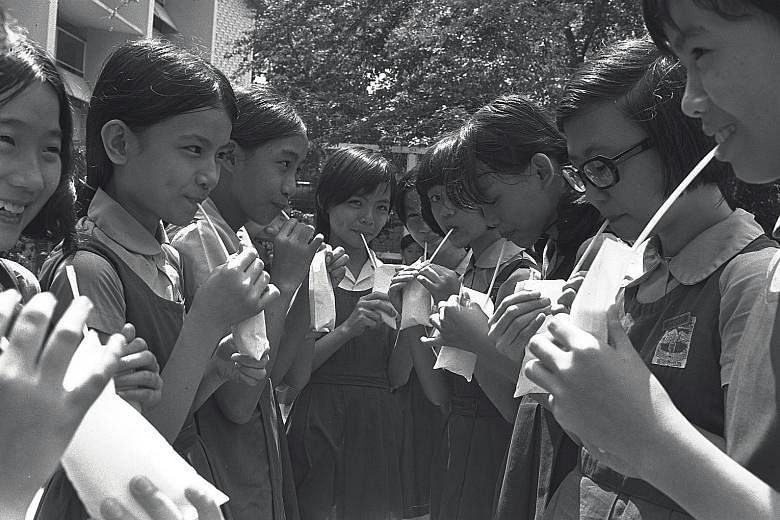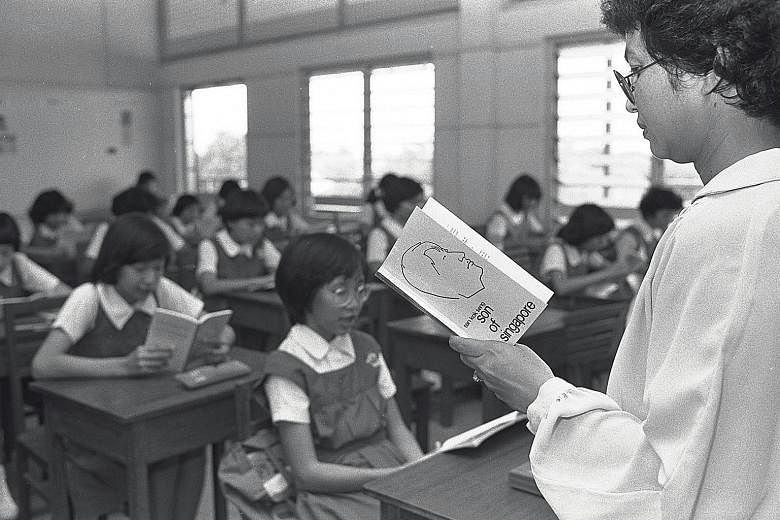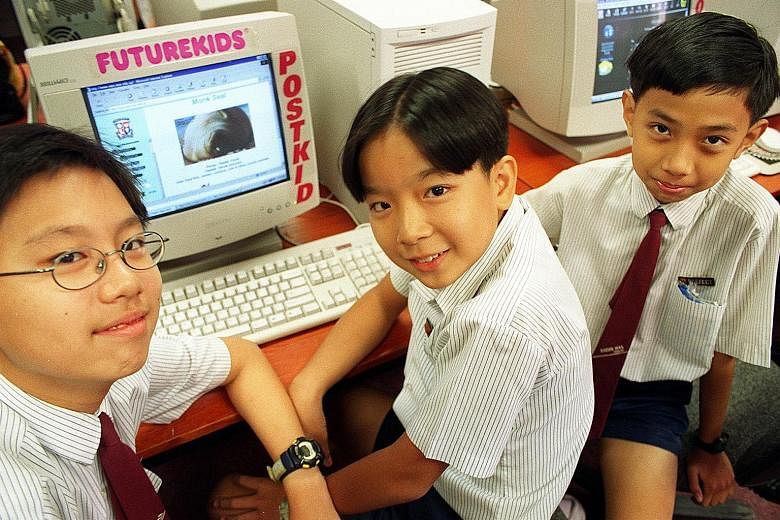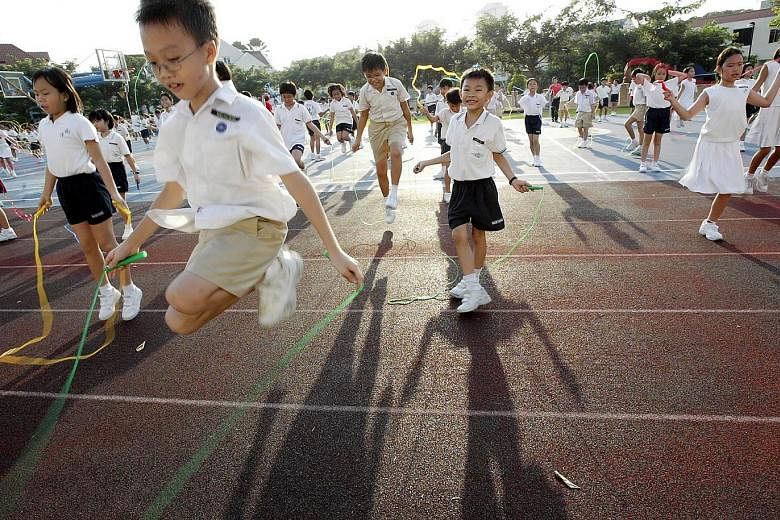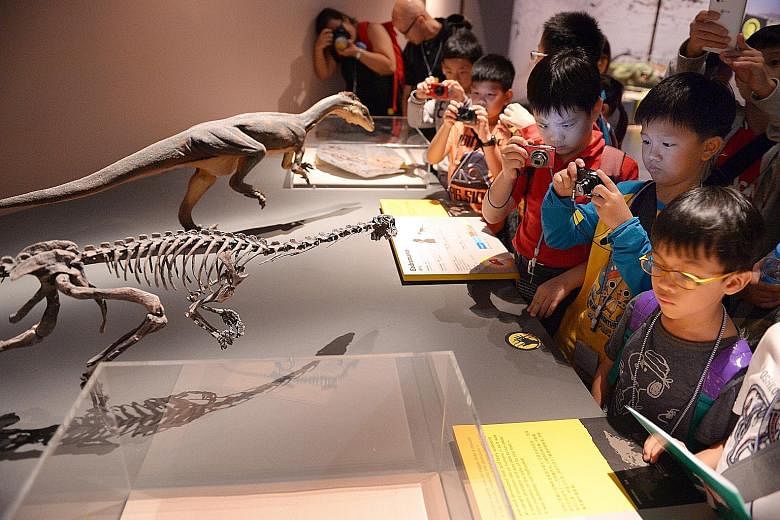1960s: Survival-driven phase
As Singapore went through decolonisation, it quickly expanded the education programme. Primary and secondary schools were built, and enrolment in secondary schools almost doubled from 1965 to 1970.
The basic curriculum was developed and the Primary School Leaving Examination (PSLE) was started.
1970s: Efficiency-driven phase
The 6-4-2 education system (six years of primary, four years of secondary and two years of pre-university education) was developed.
All schools followed a common curriculum, and students took three common exams: the PSLE, and O and A levels.
But failure rates were high then. In 1976, 41 per cent of PSLE candidates and 40 per cent of O-level candidates failed their exams.
In 1978, a study team found that high attrition rate, low literacy levels and ineffective bilingualism were the main problems facing the education system. A report by the team pointed to the rigid education system as the main reason behind these problems.
1980s: Ability-driven phase
The report's recommendations formed the basis of the New Education System, implemented in 1980. Students were put into streams when they joined Primary 4, and again in secondary school.
The Special Assistance Plan was implemented in nine secondary schools, while the Gifted Education Programme started in 1984.
In 1987, a major policy change took place. Schools were given greater autonomy with the establishment of independent schools. Teachers were given more flexibility to respond to students with varying ability.
By 1987, English was taught as a first language in Singapore schools.
1990s: Thinking Schools, Learning Nation
There was a push to develop innovation and technology use in schools during this period, with the launch of a masterplan for IT in education in 1997.
A new vision - Thinking Schools, Learning Nation - was launched that same year.
It aimed to do away with the Education Ministry's (MOE's) top-down approach by grouping schools in clusters and encouraging them to share best practices and ideas, as well as nurture creative thinking and lifelong learning.
Curriculum content was cut by 30 per cent across the board and every teacher received at least 100 hours of training a year by 2000.
2000s: Teach Less, Learn More
Greater flexibility was introduced, and the vision of Teach Less, Learn More launched in 2004.
It called for educators to teach better, engage students and prepare them for life, instead of teaching for examinations.
That same year, the EM1 and EM2 streams were merged. The EM3 stream for academically weaker students was scrapped in 2008. The Integrated Programme and Direct School Admissions Scheme were introduced.
Polytechnics could select students with special talents and achievements. During this decade, specialist schools such as the Singapore Sports School and the School of the Arts were opened.
2010 and beyond: Every School A Good School
In 2012, then education minister Heng Swee Keat announced the vision of Every School A Good School, as the ministry sought to quell anxieties among parents about whether students are in "branded schools" or "neighbourhood schools".
MOE also scrapped the banding of secondary schools, and stopped releasing information on top scorers for national exams.
PSLE received a major overhaul this year, with the T-score to be replaced by scoring bands in 2021.

